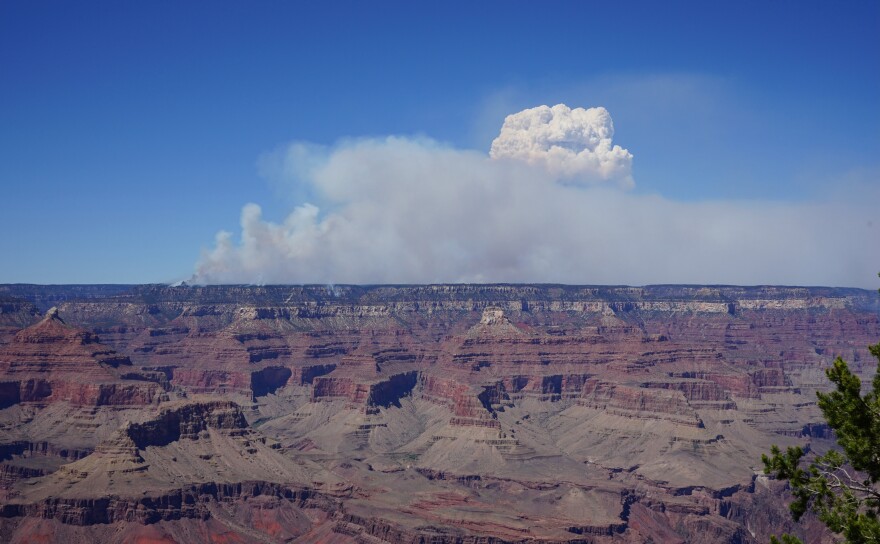Crews have now fully contained the Dragon Bravo Fire.
Managers say it is no longer at risk of spreading, even in remote areas that are not accessible by foot or aircraft.
Lightning ignited the Dragon Bravo Fire on July 4 within Grand Canyon National Park near the North Rim.
Officials say smoke could still be visible as fire consumes unburned fuels within its perimeter.
In addition, on Wednesday officials will open an additional 25,000 acres on the Kaibab National Forest to the public that’s been closed since July.
It includes an area between the Saddle Mountain Wilderness and State Route 67 as well as Arizona Trail Passage 40, Dog Point, and the East Rim and Marble Viewpoints. Hikers and others are asked to be aware of some short re-routes of the Arizona Trail.
Saddle Mountain Wilderness, most of House Rock Valley within the Kaibab National Forest and some roads on the White Sage Fire footprint will remain closed because of ongoing flooding risk and other hazards.
Managers say dead standing trees, flash flooding and other dangers remain in the area along with crews that are conducting suppression repair work.
Also on Wednesday, officials at Grand Canyon National Park will reopen popular viewpoints Cape Royal and Point Imperial.
The Dragon Bravo Fire burned on both national forest and national park lands. To date, it’s cost $135 million to suppress.



